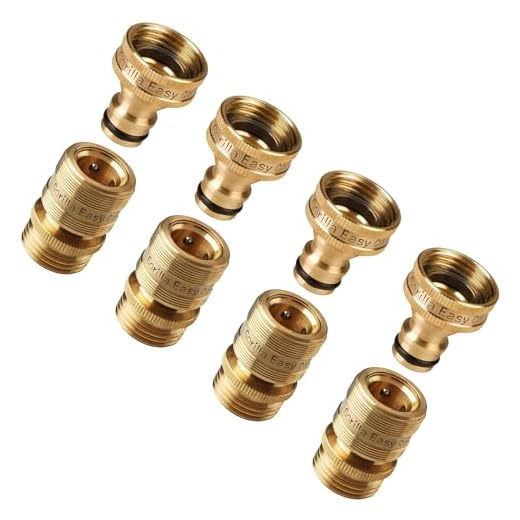

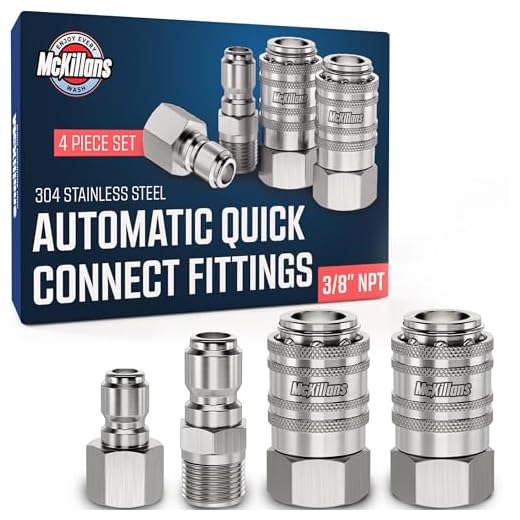

For compatibility and efficiency, I recommend using a connector type that aligns with your equipment’s specifications. Most common connectors include quick-connect fittings and threaded connections, typically located at the end of the water delivery system.
Quick-connect varieties are user-friendly, allowing rapid attachment and detachment. They often feature a push-and-pull mechanism, ensuring a tight seal to prevent leaks while maximising water flow. Ensure that you choose one compatible with the diameter of your system to maintain optimal performance.
Threaded connectors provide a robust and secure attachment but may require tools for assembly. It is essential to determine whether your equipment uses NPT (National Pipe Thread) or BSP (British Standard Pipe) threads, as mixing these can lead to improper sealing and potential damage. Always double-check your equipment’s manual for specifications before making a purchase.
Additionally, consider the material of the connectors–brass and stainless steel are durable options that resist corrosion, whereas plastic fittings may be lighter but less durable in the long run. Selecting the right connector type is crucial for the longevity and efficiency of your cleaning setup.
Understanding Common Connection Types for Cleaning Equipment
For optimal compatibility, I recommend investing in connectors that measure 3/8 inch for most household equipment, as well as an M22 threaded connector. These sizes are widely adopted and should work seamlessly with various cleaning machines available on the market.
Key Design Features
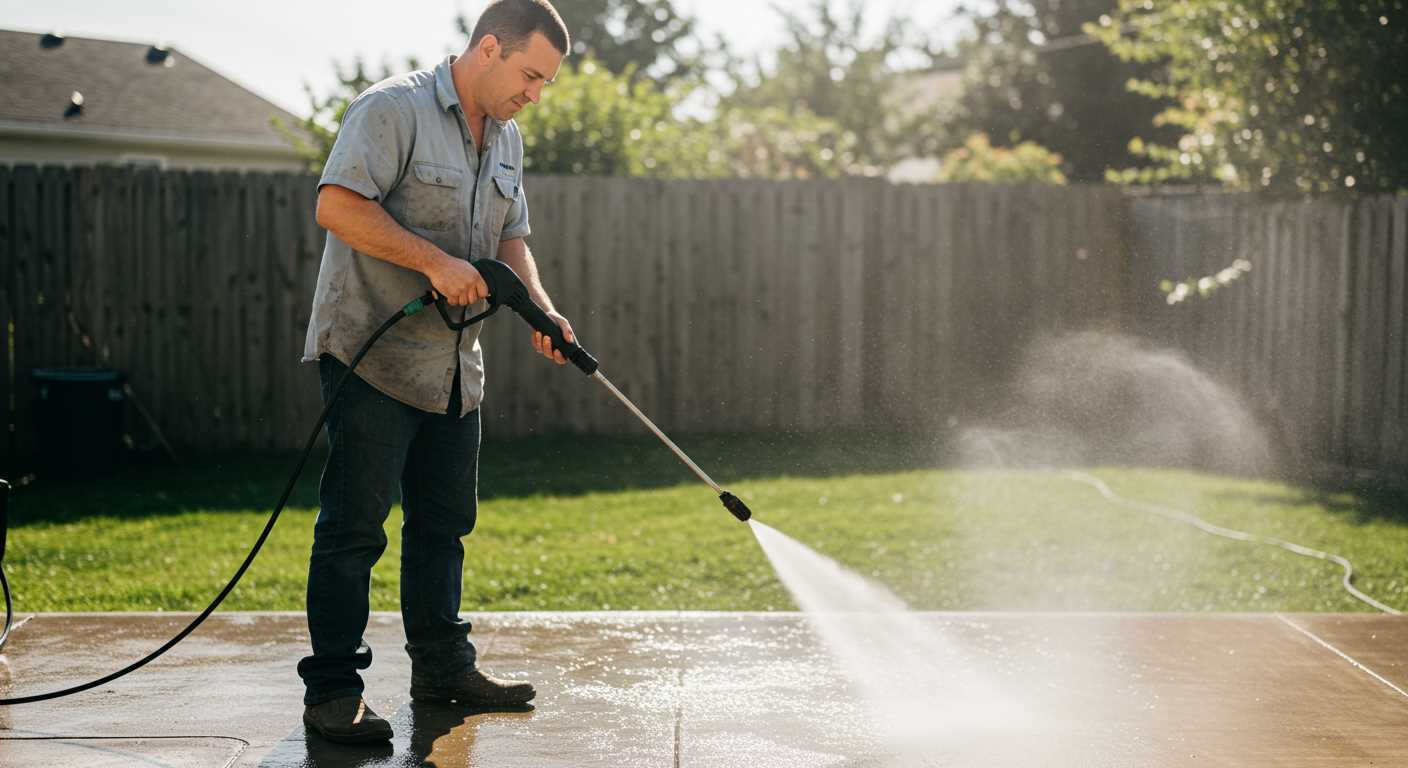
Pay close attention to the configuration when selecting your connectors. There are mainly two styles: quick-connect and threaded. Quick-connect options allow for fast assembly while maintaining a tight seal. This feature is particularly beneficial if you frequently switch attachments or need to disconnect the system rapidly. Threaded types offer a more permanent solution and typically feature higher durability, making them perfect for stationary setups.
Material Quality
I cannot stress enough the importance of the material. Opt for brass or stainless steel connectors. They resist corrosion effectively and enhance longevity, which is crucial during routine cleaning tasks where equipment is often exposed to water and detergent. Plastic variants, while lightweight, may not withstand high pressure and can lead to system failures.
Ultimately, selecting quality fittings not only ensures compatibility with your equipment but also enhances overall performance. Ensure you have the right tools on hand for installation to avoid any mishaps.
Understanding Different Types of Hose Connectors
Choosing the right connector is critical for seamless operation. Based on my extensive experience in cleaning gear, I can highlight several key types encountered in the field.
1. Quick Connectors
These fittings are designed for fast and effortless attachment. Typically made from durable materials, they feature a push-to-connect mechanism that allows for quick interchangeability. They are especially useful for users who switch between various nozzles and attachments frequently.
2. Threaded Connectors
.jpg)
Threaded connectors come in two primary variations: male and female. They provide a secure and leak-proof seal thanks to their spiral design. Ensure compatibility by checking the thread type–most commonly found are 1/2 inch or 3/4 inch sizes. These are ideal for long-term setups that require stability.
- Male connectors have external threads, fitting into female connectors.
- Female connectors have internal threads, accommodating male fittings.
3. Barb Connectors
Barb connectors utilise a smooth extension that grips onto hoses. They are typically clamped for added security, making them suitable for high-pressure applications. For best results, ensure a snug fit and use quality clamps to prevent leaks.
4. Bayonet Connectors
These fittings operate on a twist-and-lock mechanism, providing a secure connection. They are less common but valued for their robust design and reliability. Look for these if seeking a more robust option against accidental disconnection during usage.
5. Compression Connectors
These are ideal for applications where leaks must be minimised. Compression fittings create a strong seal by compressing a ring onto the hose and connector. Ensure proper installation for maximum effectiveness, especially in high-pressure scenarios.
In summary, understanding these different connector types enhances your ability to select the perfect fit for your cleaning tasks. Experimenting with various options based on your needs can significantly improve tool efficiency and performance.
Identifying The Common Sizes of Hose Fittings
Common dimensions I typically encounter are 1/4 inch, 3/8 inch, and 1/2 inch. The 1/4-inch connectors are most widespread for residential models, while the 3/8-inch sizes are often found in commercial-grade units. 1/2-inch fittings, although less common, appear in specific heavy-duty applications where high flow rates are required.
Measurement Guidelines
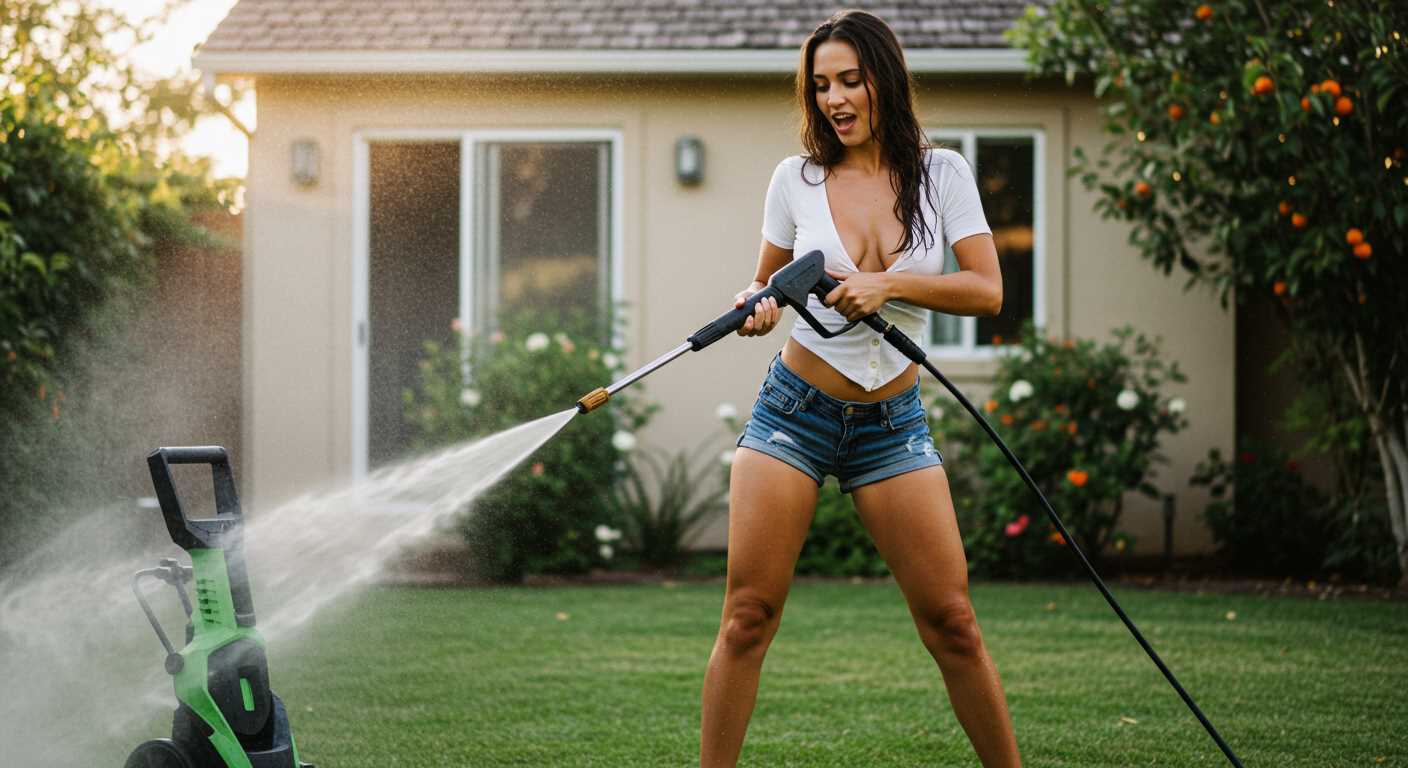
To determine the size of your attachment, use calipers or a ruler to measure the outer diameter of the connector. It’s crucial to acquire an accurate reading, as even slight variations can lead to compatibility issues. Additionally, ensure to gauge the internal threads if applicable, noting that they may have standardised spacing determining the type of thread (NPT, BSP, etc.).
Compatibility Tips
Always check your equipment specifications before purchasing new attachments. Mismatched sizes can create leaks or reduce performance. Using adaptors is possible; however, I advise a direct fit wherever feasible for optimal effectiveness. Keep in mind, materials also play a role; opt for durable options to withstand pressure and wear.
Materials Used in Pressure Washer Hose Fittings
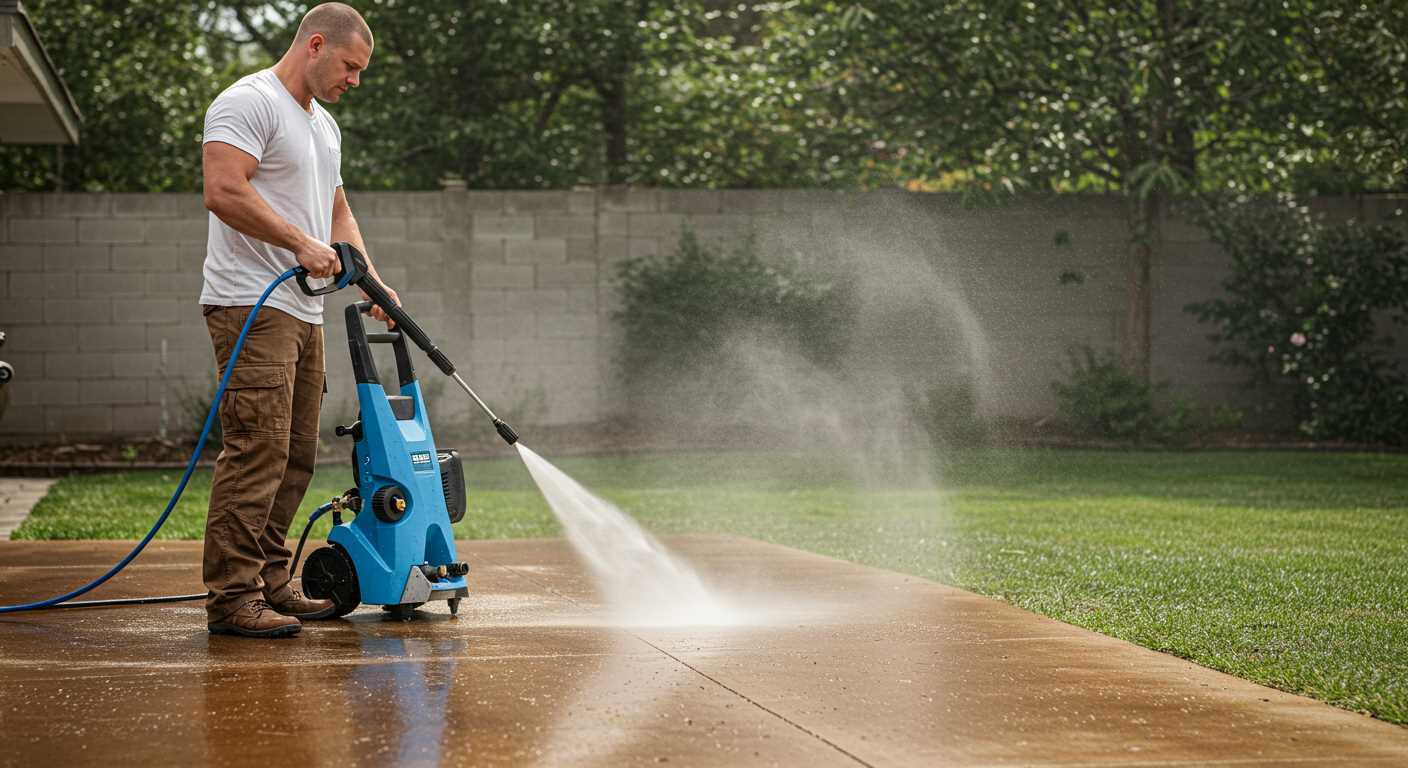
Opt for fittings crafted from brass or stainless steel for superior durability and resistance to corrosion. These materials excel under high-pressure conditions, ensuring a long-lasting connection that withstands daily usage.
Many manufacturers also utilise high-grade plastic composites. While these can be lighter and more affordable, they may not offer the same longevity as metal options. If choosing plastic, look for reinforced varieties designed to endure the rigours of frequent operation.
Rubber seals and gaskets are frequently integral to these connections. They create a watertight barrier, preventing leaks while maintaining flexibility. I recommend checking the quality of these seals; a well-made rubber element can significantly enhance reliability.
In some cases, anodised aluminium is employed due to its lightweight nature and resistance to rust. It’s vital to ensure that while aluminium fittings provide ease of handling, they should be used carefully to avoid potential stripping of threads.
Always assess compatibility with your equipment. Different materials may interact differently with various cleaning fluids and environmental factors. Investing in high-quality components will lead to better performance and a reduction in maintenance costs.
Compatibility Between Hose Fittings and Pressure Washers
Choosing the right connector system is fundamental for optimal functioning. Compatibility hinges primarily on two factors: diameter and threading type. Most machines adhere to set sizes, usually measured in inches or millimetres, impacting both flow rate and pressure levels.
Commonly, ¼-inch quick-connect fittings are prevalent in home units, while larger, ½-inch connectors may be found in commercial applications. Knowing your specific equipment’s requirements is non-negotiable to ensure proper connections.
Thread standards also play a significant role. A majority of consumer-level machines utilise M22 threads, compatible with European accessories. Conversely, connectors for North American models often feature ¾-inch garden threads. Be diligent when pairing parts from different regions, as mismatches could lead to leaks or insufficient pressure.
Furthermore, non-threaded connections like quick-release systems offer convenience but require compatible counterpart fittings. Prior to making a purchase, always verify fitting types with your model specifications to avoid compatibility issues.
| Description | Compatibility |
|---|---|
| ¼-inch Quick Connect | Most residential models |
| M22 Threads | European units |
| ¾-inch Garden Threads | North American units |
| ½-inch Connectors | Commercial applications |
Consider different manufacturers may have variations in design, making it prudent to consult user manuals for fitting specifications. Adhering to brand recommendations helps in avoiding frustrating assembly issues and enhances operational efficiency.
How to Connect and Disconnect Hose Fittings Safely
Ensure all equipment is turned off before beginning any connection or disconnection process. This mitigates the risk of accidents or injury.
Steps for Safe Connection
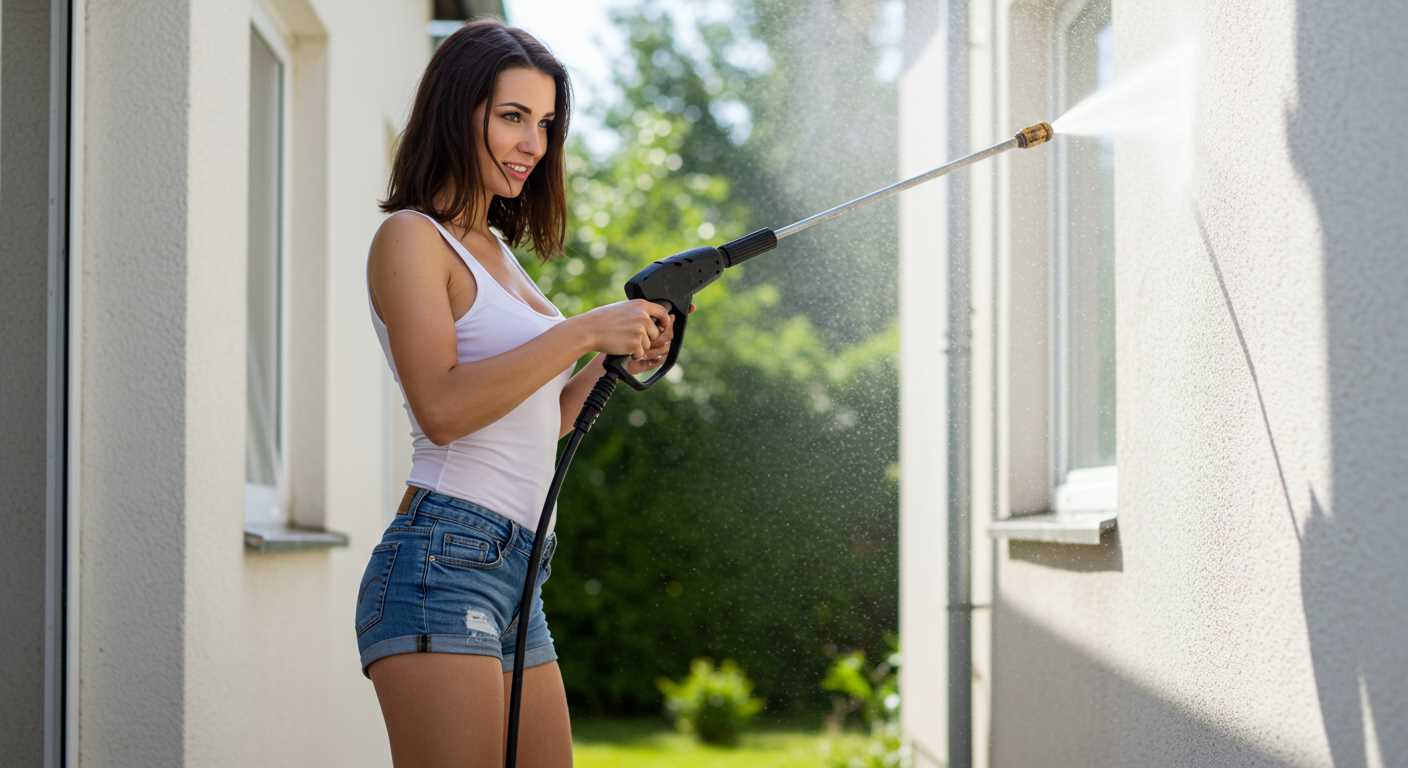
- Inspect both ends of the connector for dirt or damage. Clean if necessary.
- Align the connectors carefully, ensuring they match correctly.
- Push the fittings together until you hear a click or feel them seat properly.
- Check the connection by gently pulling on the hose–ensure it is secure.
Steps for Safe Disconnection
- Turn off the device and release any built-up pressure in the system.
- Grip the connector firmly while twisting or pulling to disconnect, according to the type.
- Avoid using excessive force; if it resists, double-check for any locking mechanisms.
- Store all components in a clean, dry place after disconnection.
Regularly inspect fittings for wear and tear, replacing damaged components immediately to maintain effective operation.
Signs of Wear and Tear in Hose Fittings
Look for any signs of cracking or fraying around the connection points. These often indicate that the materials are degrading. If you notice any visible bends or kinks in the connectors, it’s likely they have lost their structural integrity.
Leakage represents another critical sign. Any water seeping from the connection suggests that a proper seal is compromised, which reduces functionality significantly. Pay attention to the amount of pressure; a weak stream usually indicates internal damage.
Inspect for rust or corrosion, especially in metal connectors. This can severely affect performance, leading to total failure of the component. Any signs of wear can warrant a closer examination; even small differences can indicate impending issues down the line.
Also, be mindful of how smoothly the fittings connect and disconnect. If you find difficulty performing these actions, it may indicate significant wear. Lastly, if you experience an unusual noise during operation, investigate immediately, as this may signal malfunctioning parts.
Upgrading Your Pressure Cleaning Hose Connectors
Consider using quick-connect brass couplings to improve durability and prevent leaks. Brass offers superior resistance to corrosion compared to plastic options.
Selecting High-Quality Connectors
Look for connectors with a solid construction, ideally featuring a rubber O-ring for a secure seal. This will minimise the risk of wear and ensure a tight fit to maintain optimal water flow.
Choosing the Right Size
Verify compatibility by measuring existing connectors. Upgrading to connectors with a standard size ensures interoperability with various models, making future upgrades seamless. Always confirm the inner and outer diameters to avoid mismatched fittings.
Upgrading your connectors not only enhances performance but also extends the lifespan of your equipment. With the right choices, you can significantly reduce leak issues and improve overall efficiency.







